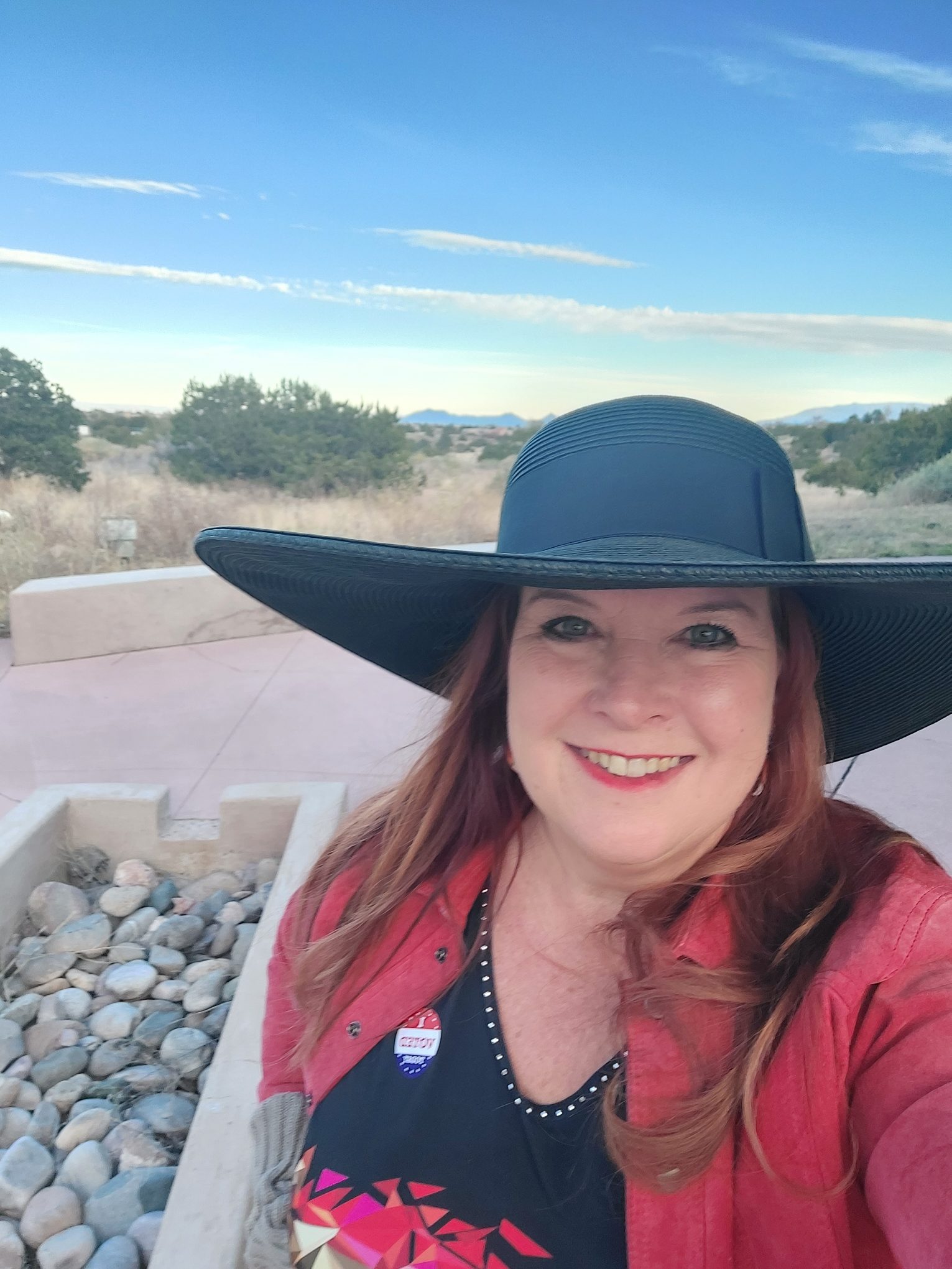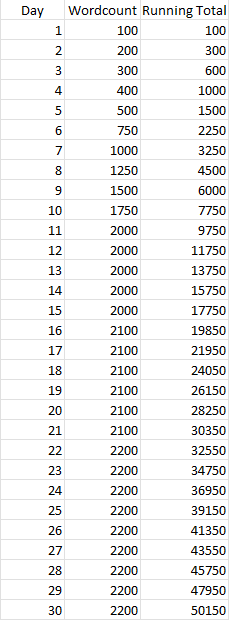
Yesterday I took Kelly Robson on the mandatory-for-all-creatives pilgrimage to see Georgia O’Keeffe’s home and studio. This was my fourth time and as shimmeringly inspirational as the first time.
Our topic at the SFF Seven this week is how to avoid writing repetitive scenes.
I confess not much springs to my mind on this topic, probably because I’m much more of an intuitive writer than an analytical one. Even in revision – arguably the most analytical phase of my process – I don’t pay a lot of attention to whether scenes are repetitive. I do notice repetitive information, or emotional exchanges that have happened before. But so far as analyzing for goal, motivation, and conflict (GMC) – which is where this topic seems to have sprung from, regarding questions to ask to cull out repetitive scenes – that’s just not how I think about story.
So, how DO I avoid repetitive scenes? I think it helps that I’m a linear writer. I write from beginning to end and thus the story trajectory is always in my mind. That’s part of holding the thread to me.
It also helps to approach the story from a character-driven perspective. This is part of what people are getting at with GMC – it’s an analytical lens on character. If you’re an intuitive writer, like me, you’ll want to be in the flow of the character’s thoughts, emotions, and personal journey. Sometimes they might regress, as our growth isn’t always linear, but those steps back before the moving forward again can be important to the story.
Finally, probably the most analytical I get, I look at each scene as I’m revising and pay attention to what it’s accomplishing in the overall story. What aspects of the plot is it advancing? What questions are being asked and answered in the scene? How does this deepen or strain the relationships between the characters. Occasionally I’ll have two scenes doing more or less the same thing, and then I might consolidate them – or tweak the later one to be adding something new and different.
One thing I think is really important to keep in mind – especially in the face of the GMC/analytical types, who tend toward making a clean (and therefore somewhat sterile) formula for the story structure, to my thinking – is that not every scene has to “advance the story.” This is especially true in genre writing/escapist fiction where some of the story is there for the sheer joy of it. There is nothing wrong with having parts of the story exist entirely for sensual delight. Even in the most rollicking plot, we sometimes need a bubble of space to breathe, to relax a moment, for the characters to remember what they’re fighting for.
In fact, don’t we all?




